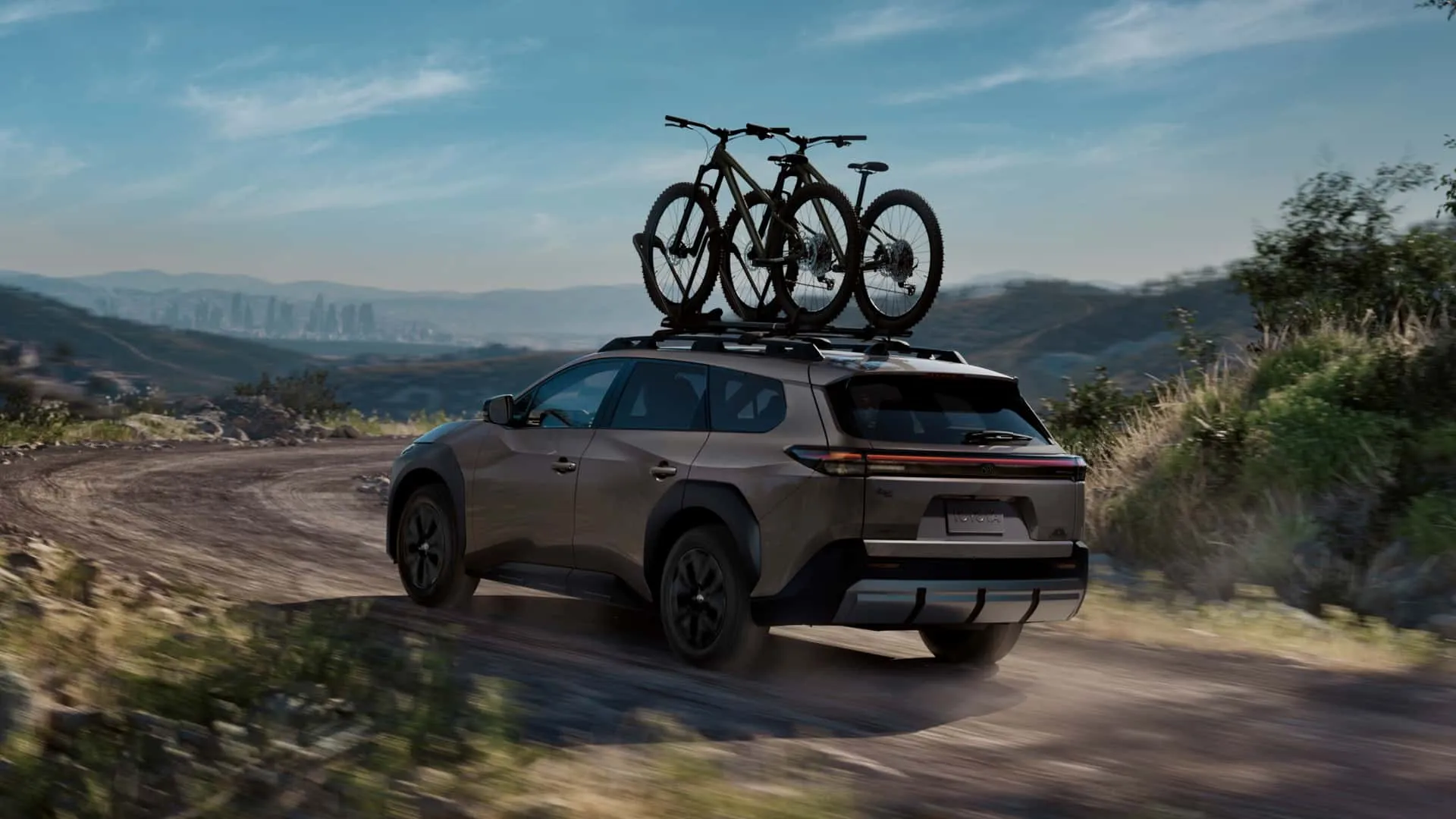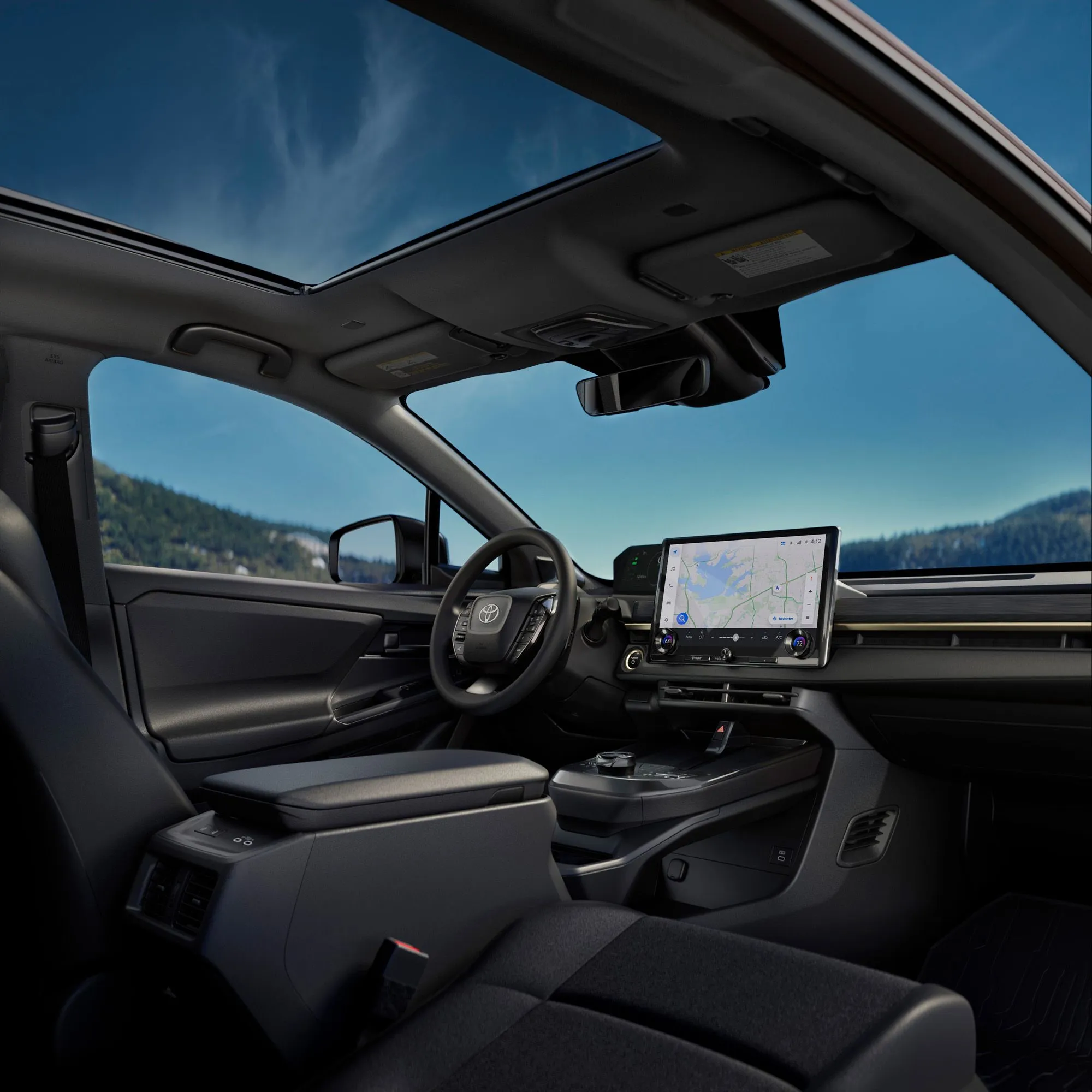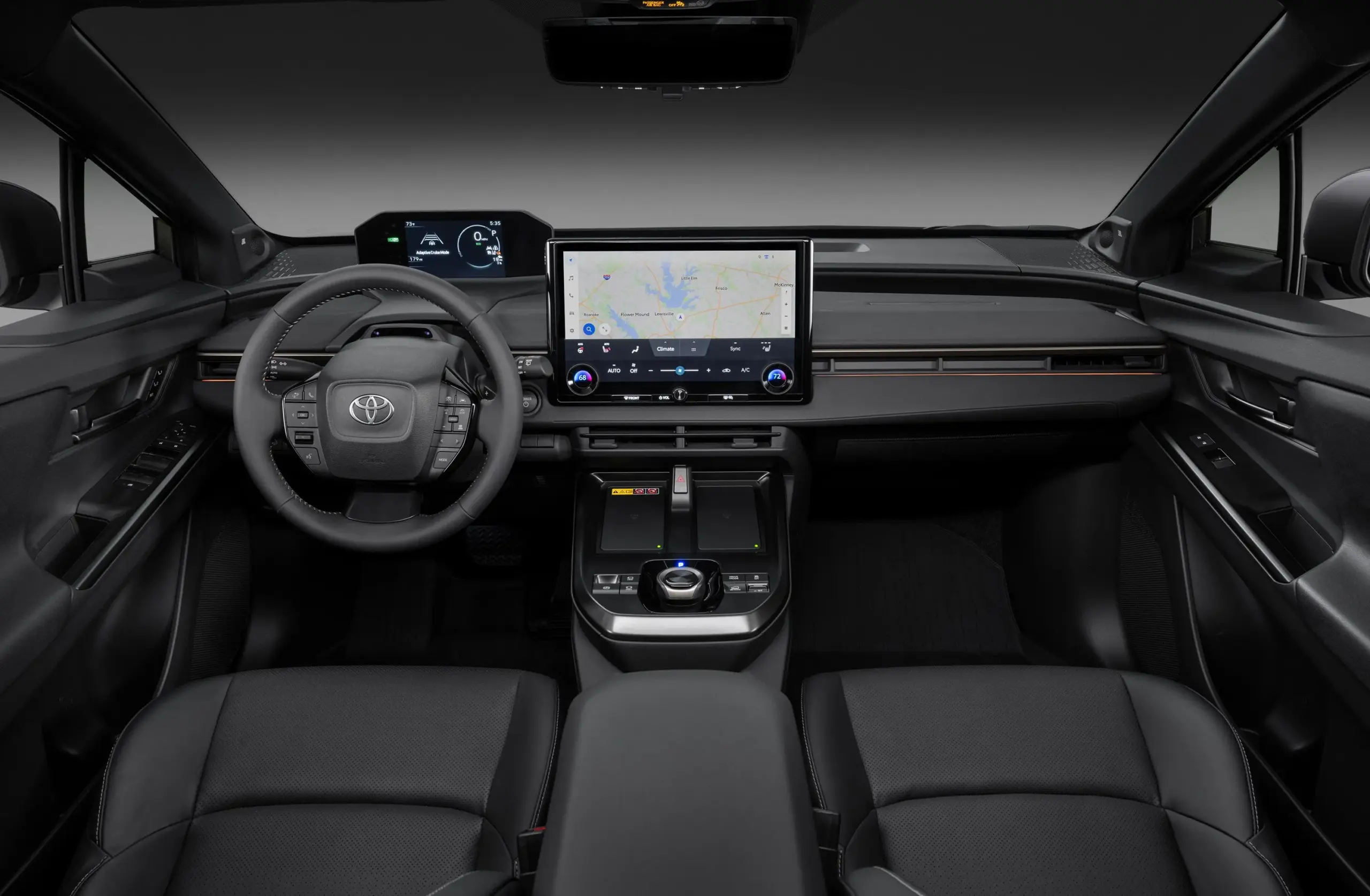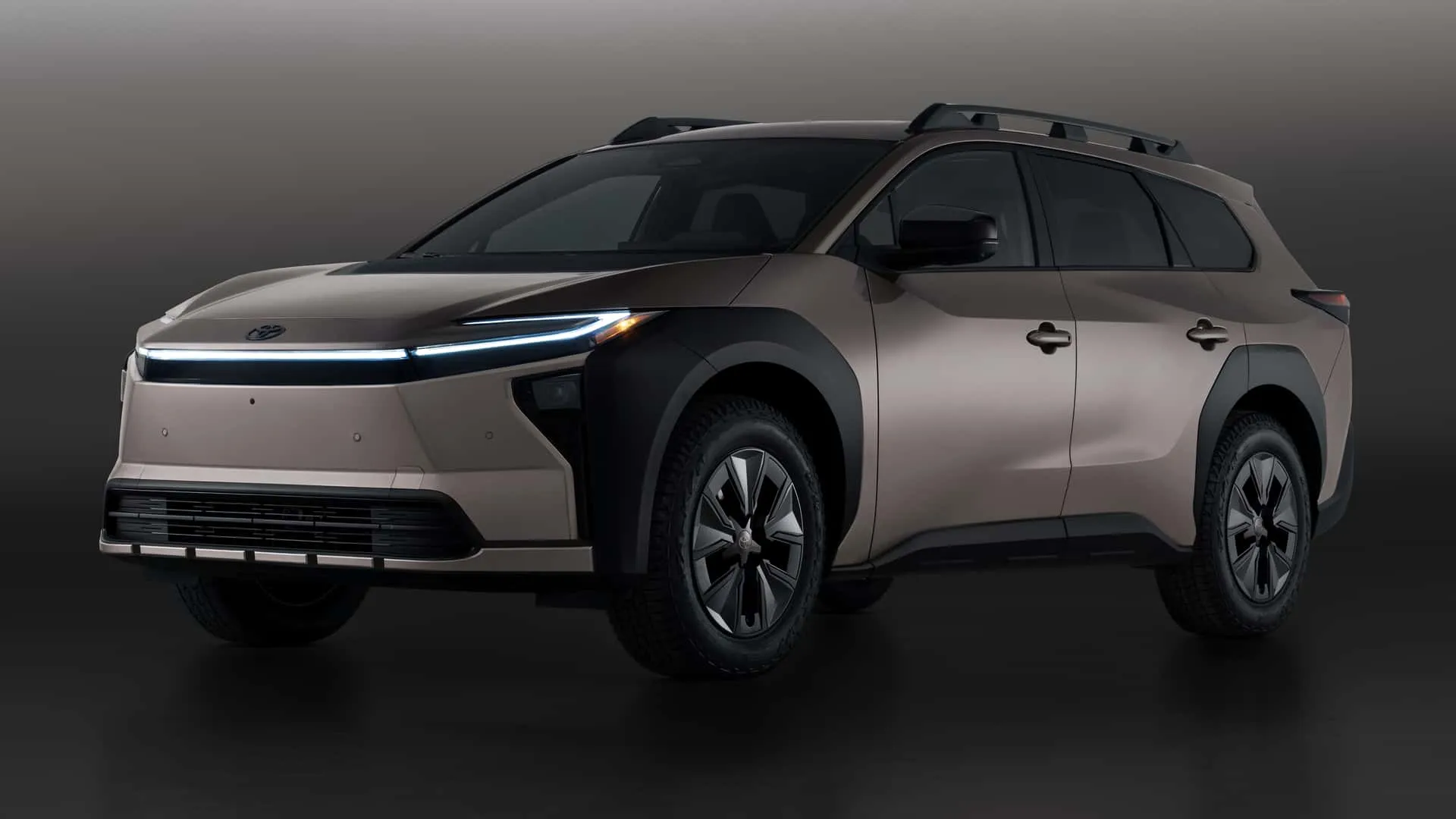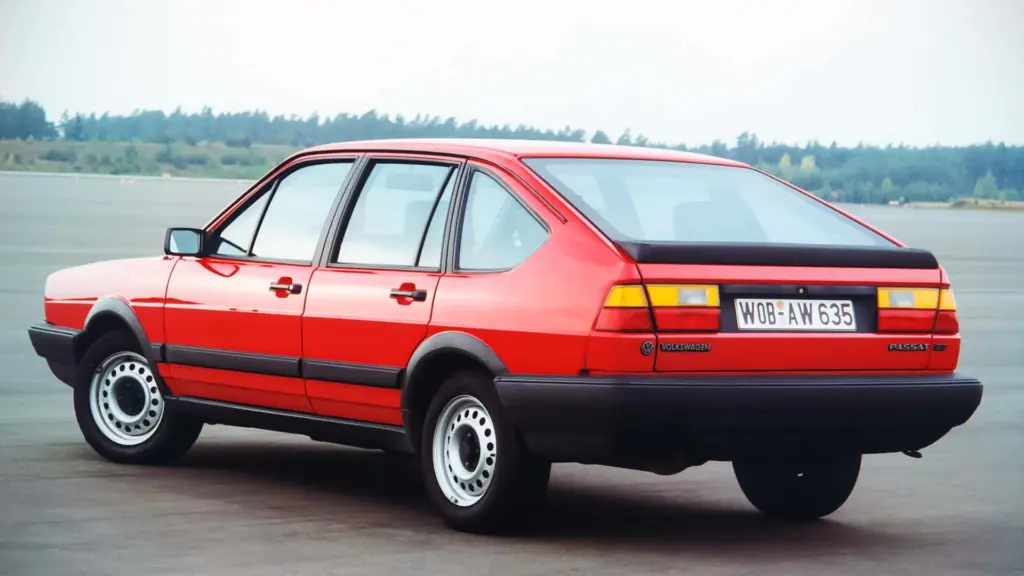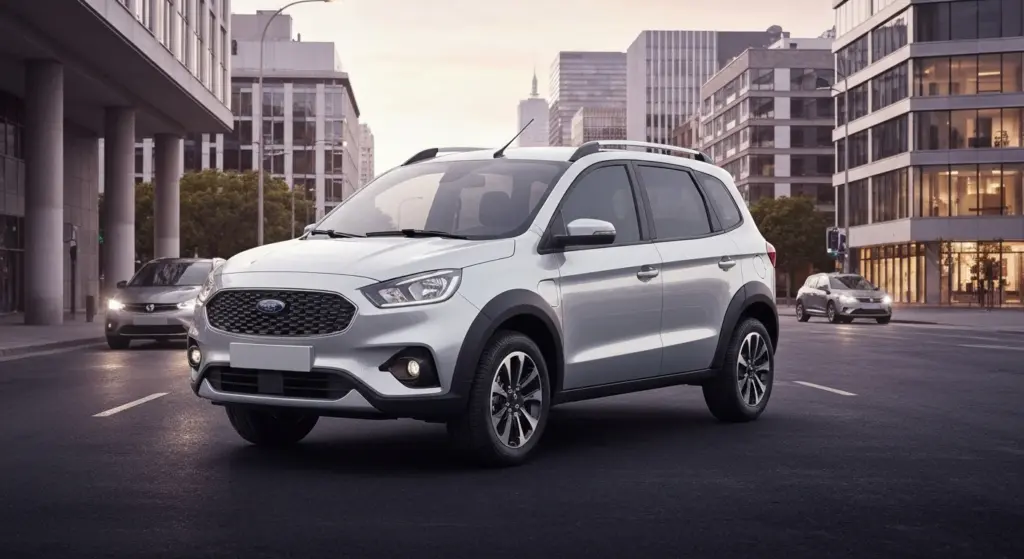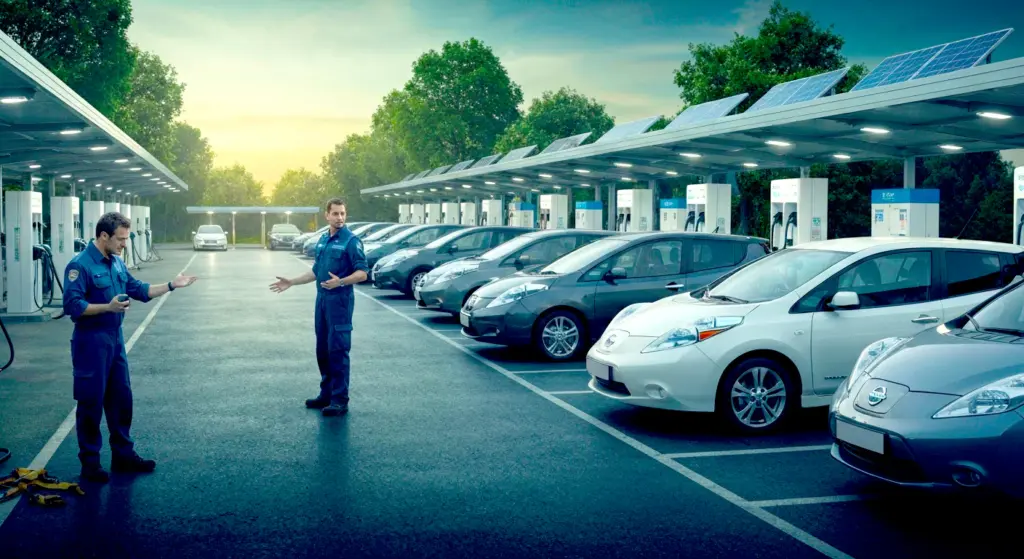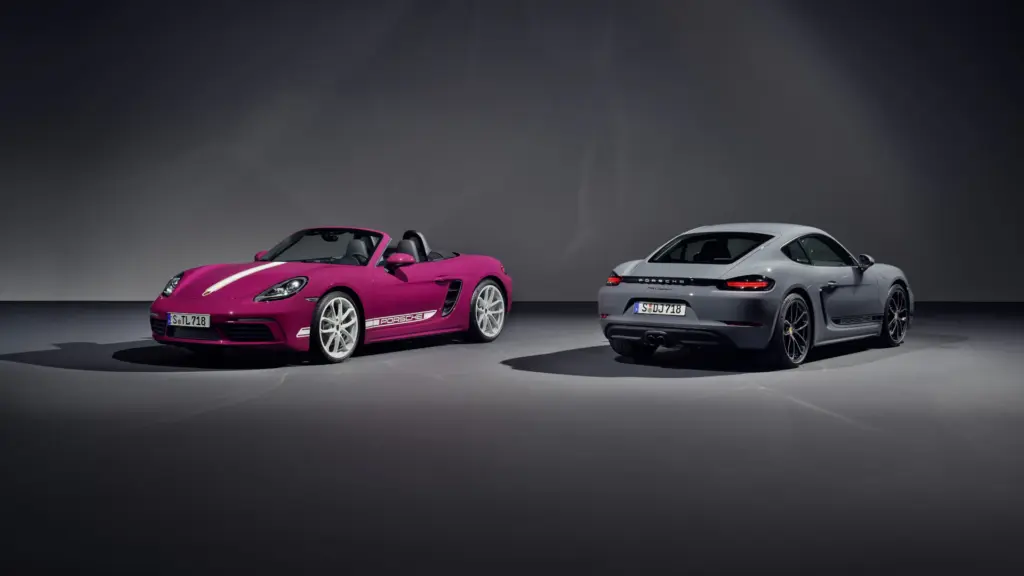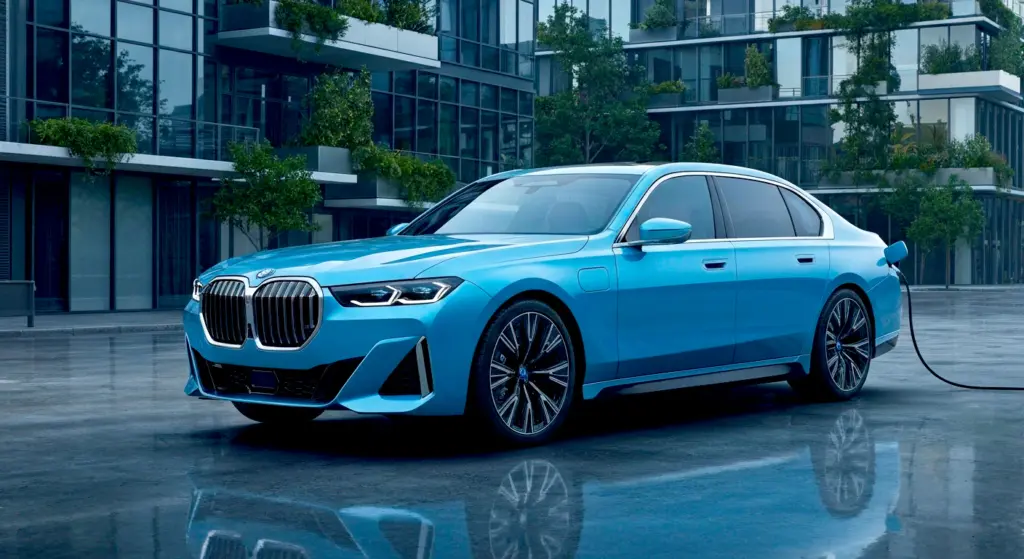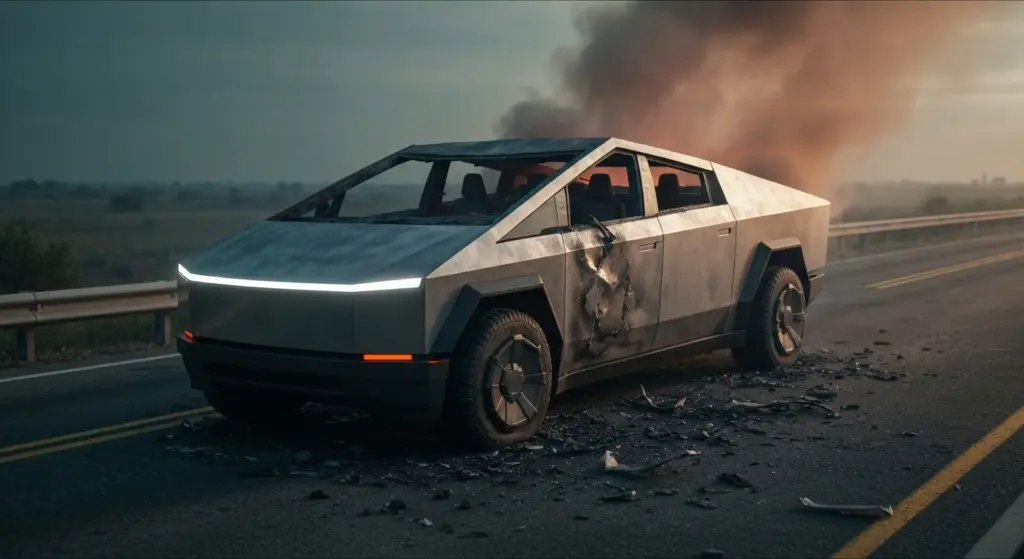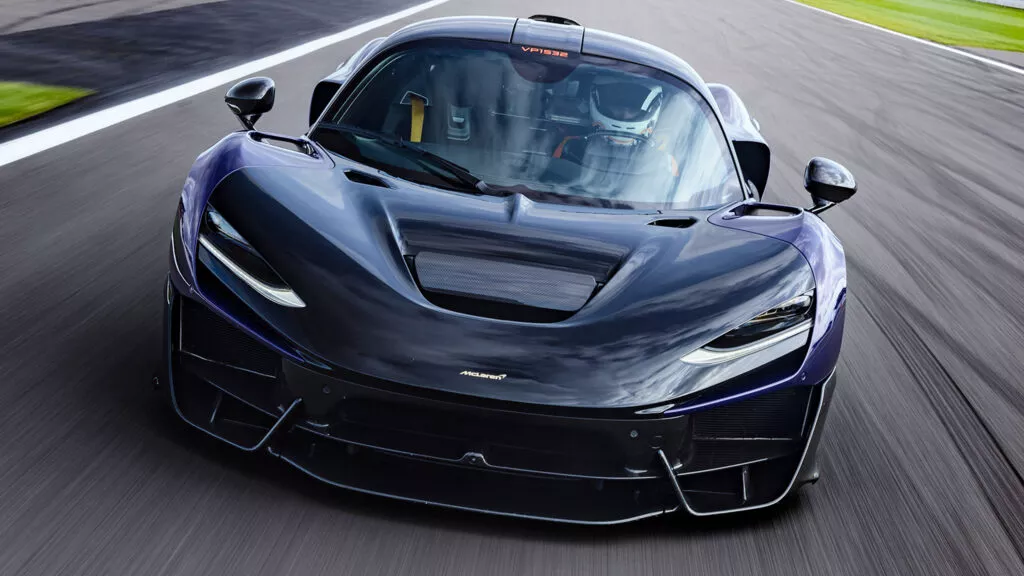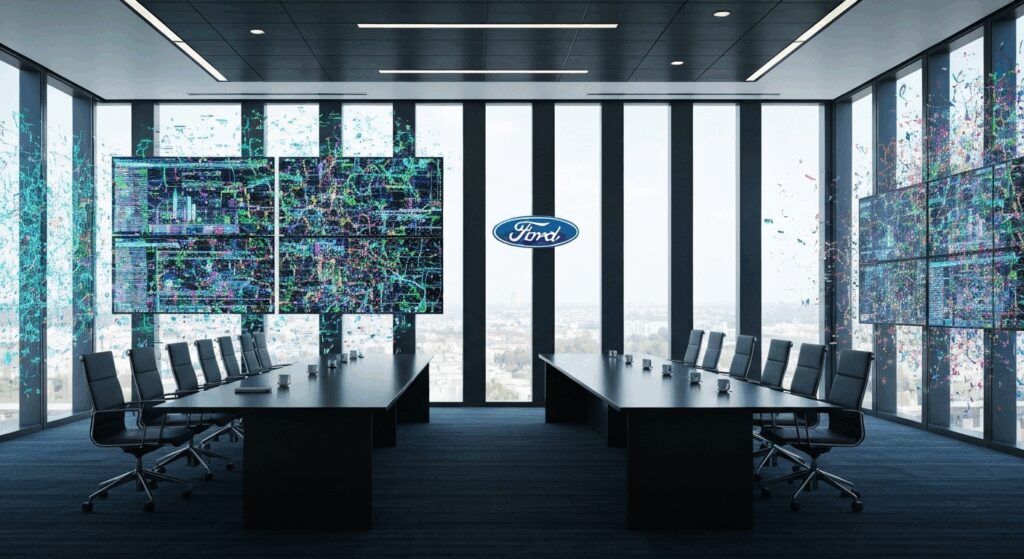Toyota is expanding its electric vehicle lineup and, for 2026, introduces an adventurous new twist: the Toyota bZ Woodland. This model isn’t just a version of the bZ we knew; Toyota positions it as a distinct vehicle, with larger dimensions and enhanced off-road capabilities.
What Makes the bZ Woodland Different from the “Normal” bZ?
The main difference lies in size and interior space. The bZ Woodland has a body and wheelbase stretched by nearly 6 inches compared to its smaller sibling. This directly translates to more space for rear passengers and a larger trunk, adding about 2.3 cubic feet of capacity, totaling over 30 cubic feet with the rear seats in place.
Although they share the same mechanical base and many interior design elements, the Woodland adopts a more rugged aesthetic. It swaps the body-colored wheel arches for black plastic cladding and gets new 18-inch wheels with removable caps. Sturdy roof rails reinforce its adventurous character. Interestingly, Toyota presents it as a separate model, which might cause some confusion, but in practice, it’s the brand’s interpretation of the Subaru Trailseeker, with which it has much in common.
Performance and Off-Road Capability: Can It Go Further?
When it comes to power, the bZ Woodland doesn’t disappoint. It comes standard with a dual-motor all-wheel-drive (AWD) system, delivering an impressive 375 horsepower. This makes it the most powerful model in the bZ line so far. For those looking for a bit more off-road capability, the Woodland offers a terrain select system for different driving modes and has a ground clearance of 8.3 inches (about 21 cm), slightly higher than the standard bZ and close to that of a RAV4.
All-terrain tires are also available as an option, which combined with the good ground clearance, should help overcome light trail obstacles. However, it’s important to have realistic expectations. While capable of “venturing off the beaten path,” as the text mentions, it’s not designed for the same level of extreme off-roading as models like the 4Runner or Land Cruiser. Its towing capacity is 3,500 pounds (about 1,588 kg), which is higher than some electric rivals like the Honda Prologue or Jeep Wagoneer S, but towing heavy loads will significantly impact range. We can compare this capability with other SUVs on the market, such as the Corolla Cross Hybrid, which has a different proposition but is also a Toyota SUV.
Range and Charging: Enough for Day-to-Day?
Toyota estimates the bZ Woodland’s range at 260 miles per charge (about 418 km). This figure, while reasonable for many drivers and city commutes, falls a bit short of some direct competitors in the electric SUV segment that already exceed 300 miles. For those comparing with other EVs, the Hyundai Elexio, for example, promises a much higher range.
Great news for future owners is the standard inclusion of the NACS (North American Charging Standard) charging port. This ensures easy access to Tesla’s extensive Supercharger network, an important convenience for charging on road trips. Toyota claims the 74.7 kWh battery can be charged from 10% to 80% in about 30 minutes under ideal DC fast-charging conditions. This is a competitive speed and minimizes downtime.
Interior, Comfort, and Technology: Luxury and Extra Space
The bZ Woodland’s interior inherits many elements from the smaller bZ, with the dashboard and front seating area looking virtually identical. However, the highlight here is the added space in the back seat and trunk, a direct result of the extended body.
Standard equipment in the bZ Woodland is well-appointed, including heated front seats and synthetic leather upholstery. Optionally, a Premium package raises the level of luxury and convenience, adding features like:
Premium Package Features:
- Nine-speaker premium JBL sound system
- Fixed panoramic glass roof
- Digital rearview mirror
- Ventilated front seats with driver memory settings
- Two wireless smartphone charging pads
- Additional USB-C charging ports
At the center of the dashboard stands a 14.0-inch touchscreen for the infotainment system. Toyota says the interface is intuitive and responsive, following the pattern seen in other recent brand models. Connectivity is ensured with wireless Apple CarPlay and Android Auto, SiriusXM satellite radio, Wi-Fi hotspot, and integrated navigation. A six-speaker audio system is standard, with the superior JBL setup part of the Premium package. Toyota has been betting heavily on electrification, and we see this technology evolution in models like the new bZ and the Woodland itself.
Safety and Driver Assistance: Fully Equipped Standard
Toyota is known for equipping its vehicles with a generous suite of standard safety and driver assistance features, and the bZ Woodland is no exception. It comes with Toyota Safety Sense 3.0, which includes several essential technologies for safer driving. For detailed crash test results, interested readers can consult the National Highway Traffic Safety Administration (NHTSA) and Insurance Institute for Highway Safety (IIHS) websites.
Key Safety Features:
- Standard automated emergency braking with pedestrian detection
- Standard lane departure alert with lane keep assist
- Standard adaptive cruise control
- Traffic Sign Assist
- Proactive Driving Assist
- Automatic high beams
- Exit Warning with Steering Assist
- Safe Exit Assist
- Blind Spot Monitor with Rear Cross Traffic Alert
- Panoramic View Monitor with Multi-Terrain Monitor
Price and Availability: When and What to Expect?
The 2026 Toyota bZ Woodland is a completely new addition to Toyota’s EV lineup and is expected to hit the market in early 2026. Toyota has not yet released official pricing, but the expectation is for a starting price around $50,000. This price would position the Woodland above the 2025 bZ4X XLE AWD, which started at $40,545 (including destination fees), reflecting the larger size, extra power, and upgraded standard equipment. The model will be offered in a single trim level, with the Premium package available as an option to add even more features.
Frequently Asked Questions About the 2026 Toyota bZ Woodland
- Is the Toyota bZ Woodland just a version of the bZ4X?
No, Toyota presents it as a separate model, although it shares the platform and many components with the bZ (formerly the bZ4X). It is larger and more focused on light off-road capabilities. - What is the bZ Woodland’s range?
Toyota estimates up to 260 miles (about 418 km) per charge. - Does it have all-wheel drive?
Yes, all bZ Woodland models come standard with a dual-motor all-wheel-drive system. - What is the towing capacity?
The bZ Woodland can tow up to 3,500 pounds (about 1,588 kg). - When will the 2026 Toyota bZ Woodland be available?
Toyota plans to put it on sale in early 2026.
The 2026 Toyota bZ Woodland seems like an interesting addition to the brand’s growing family of EVs. Positioned between the more urban bZ and true off-roaders like the 4Runner, it tries to capture a market niche seeking an electric vehicle with extra space and a touch of adventure. The 260-mile range may not lead the class, especially compared to some EV competitors, but the inclusion of the NACS port and fast charging speed compensate in terms of convenience. The spacious interior and feature list, especially with the Premium package, make it an attractive option for families or those needing more versatility. It remains to be seen how it performs in practice, but the promise of more power and off-road capability sets it apart from the original bZ and many other electric crossovers.
What do you think of the new 2026 Toyota bZ Woodland? Leave your comment below and share your opinion!
Author: Fabio Isidoro
Founder and editor-in-chief of Canal Carro, he dedicates himself to exploring the automotive universe with depth and passion. A car and technology enthusiast, he produces technical content and in-depth analyses of national and international vehicles, combining quality information with a critical eye for the public.

